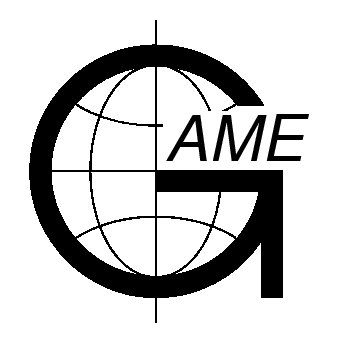Abstracts for the 5th International GAME Conf.

3-5 October 2001
Aichi Trade Center
Nagoya Japan
Convective boundary layer information revealed by a lower atmospheric wind profiler during monsoon
Krishna Reddy (1), Nakamura Kenji (2), Kozu Toshiaki (3), Higuchi Atsushi (4), Ohno Yuichi (5)
(1) Frontier Observational Research System for Global Change (FORSGC, Yokohama
(2) Hydrospheric Atmospheric Research Center, Nagoya Univ., Nagoya
(3) Department of Electronic and Control Systems engineering, Shimane Univ. Matsue
(4) Hydrospheric Atmospheric Research Center, Nagoya Univ.Nagoya
(5) Communications Research Laboratory, Tokyo
The Asia monsoon circulation affects the India region. Interaction between large scale circulation and local boundary layer processes may produce important effects on the intera-seasonal variation which has not been understood very well so far using radiosonde and Doppler sodars in this region. Lower Atmospheric wind profiler at Gadanki can provide useful information of turbulence and precipitation. We utilized the LAWP capability for characterization of convective boundary layer in the dry and wet monsoon periods. In the dry period (March, April and May) is the beginning of summer in southern India with hot and very humid. We have found well-marked PBL diurnal variation on the clear sunny days. During this period maturing of the crops and consequent cessation of evapo-transpiration. No measurable rain fell during March 1998, so soil moisture was probably quite low. It is idle situation to form the convective boundary layer in this region. In wet season (June, July and August) most of the net solar radiation evaporated moisture rather than heating the surface, and therefore contributed little to buoyant forcing. With a few exceptions, the drier period has higher boundary layer compared with the wet period. Two distinct types of strong echo regions were found in summer monsoon apart from the smaller scale variations that will be very hard to interpretate. Two distinct categories of afternoon transition have been established using LAWP reflectivity and spectral width measurements. The descent category is identified as strong reflectivity, decreasing in depth throughout the afternoon. The inversion layer separation category (especially in July - August 1999 on several days) has both strong reflectivity and large spectral width, indicating the presence of strong convection. We are planning to use computer model to quantify the effect of the parameters controlling the differing evolution.
Submittal Information
| Name : | Date : |
| |
| Organization : | Theme : |
Frontier Observational Research System for Global Change (FORSGC) | |
| Address : | Presentation : |
3173-25 Showa-machi, Kanazawa-ku, Yokohama - 236-0001 | |
| Country : | Abstract ID : |
| |
| Phone : | Fax : |
| |
| E-mail : | |
| |

